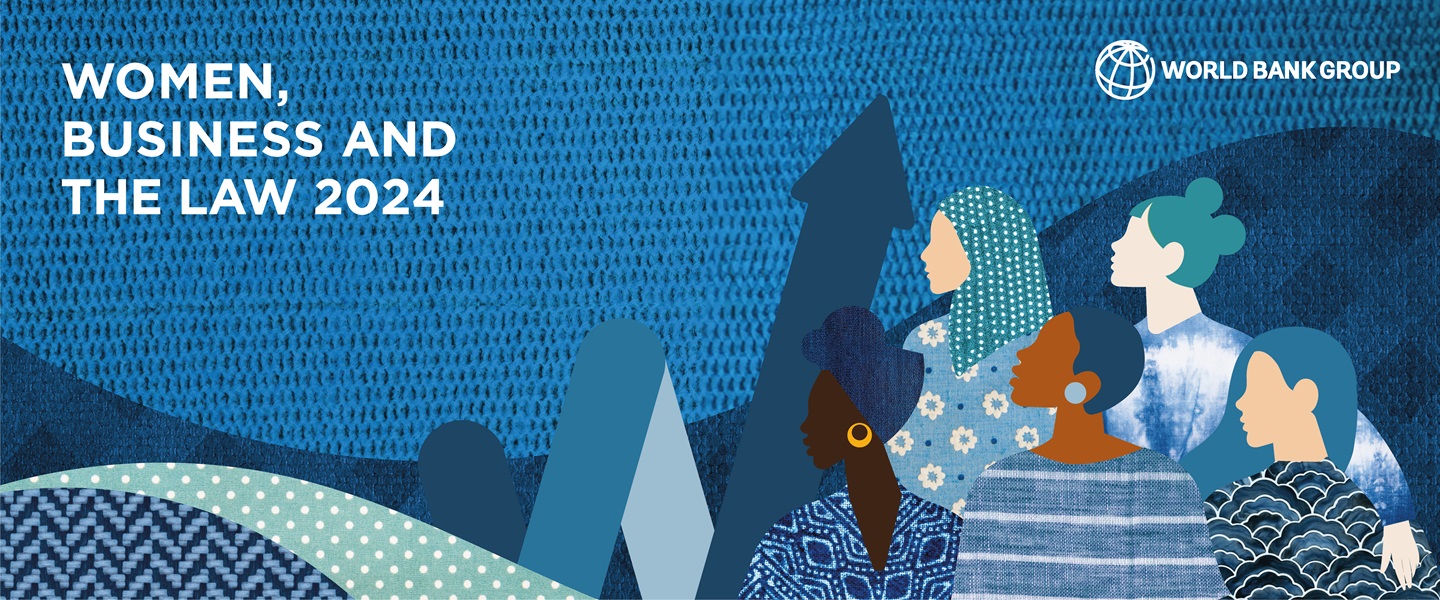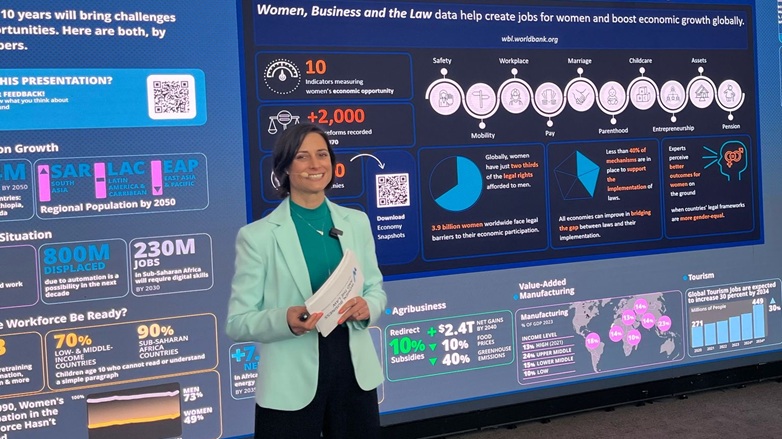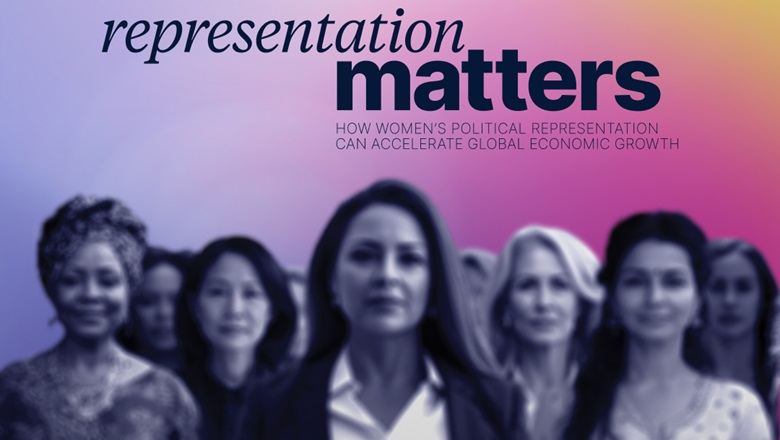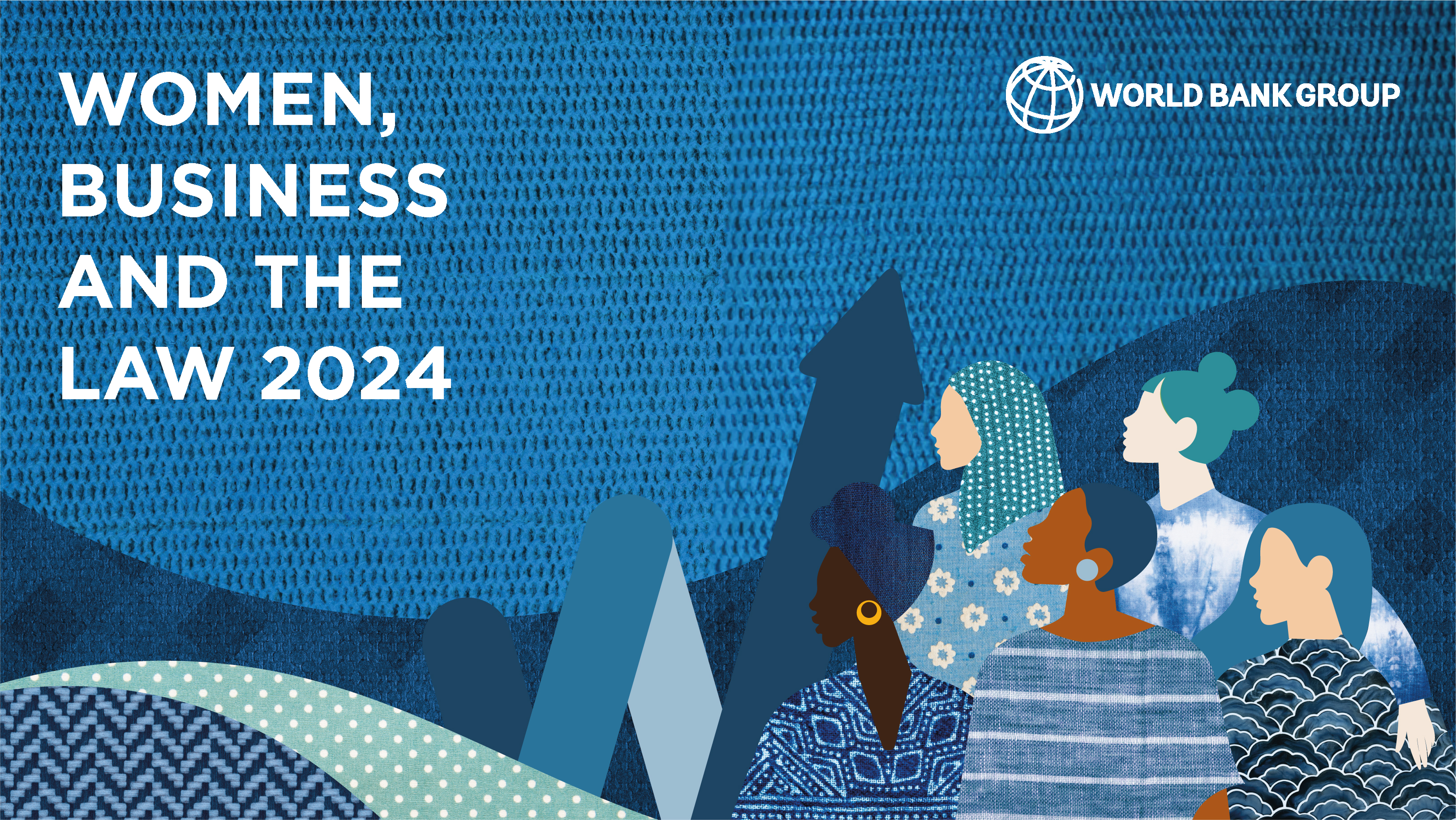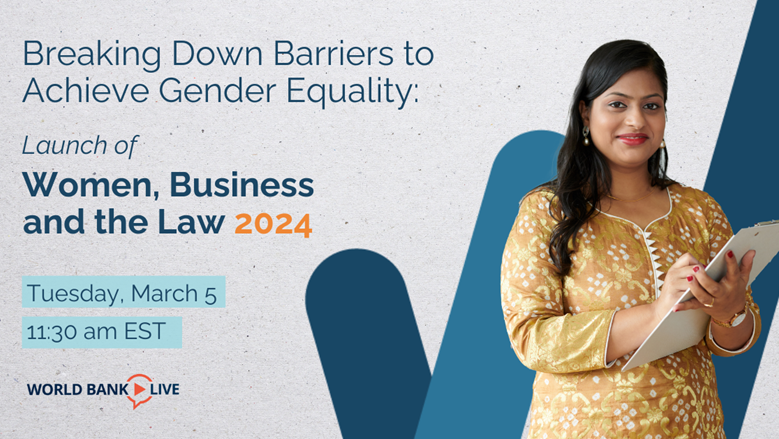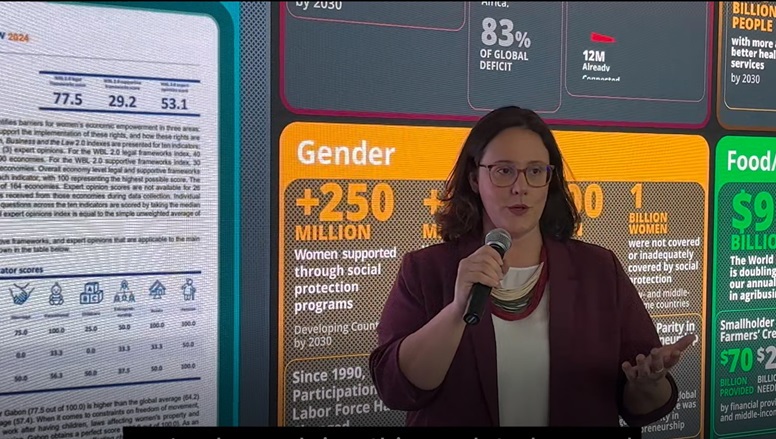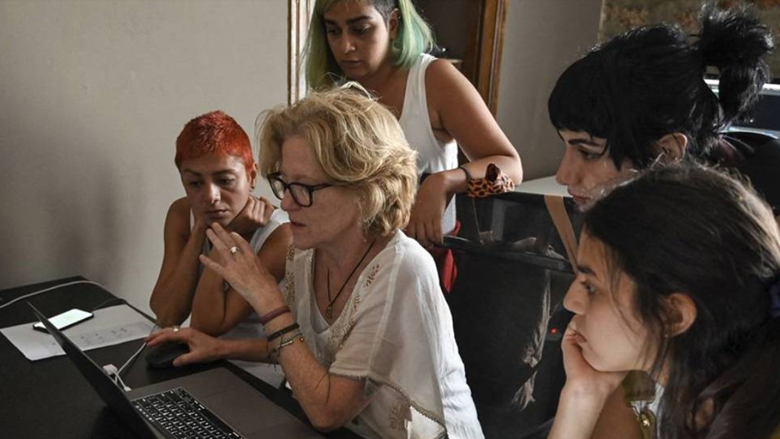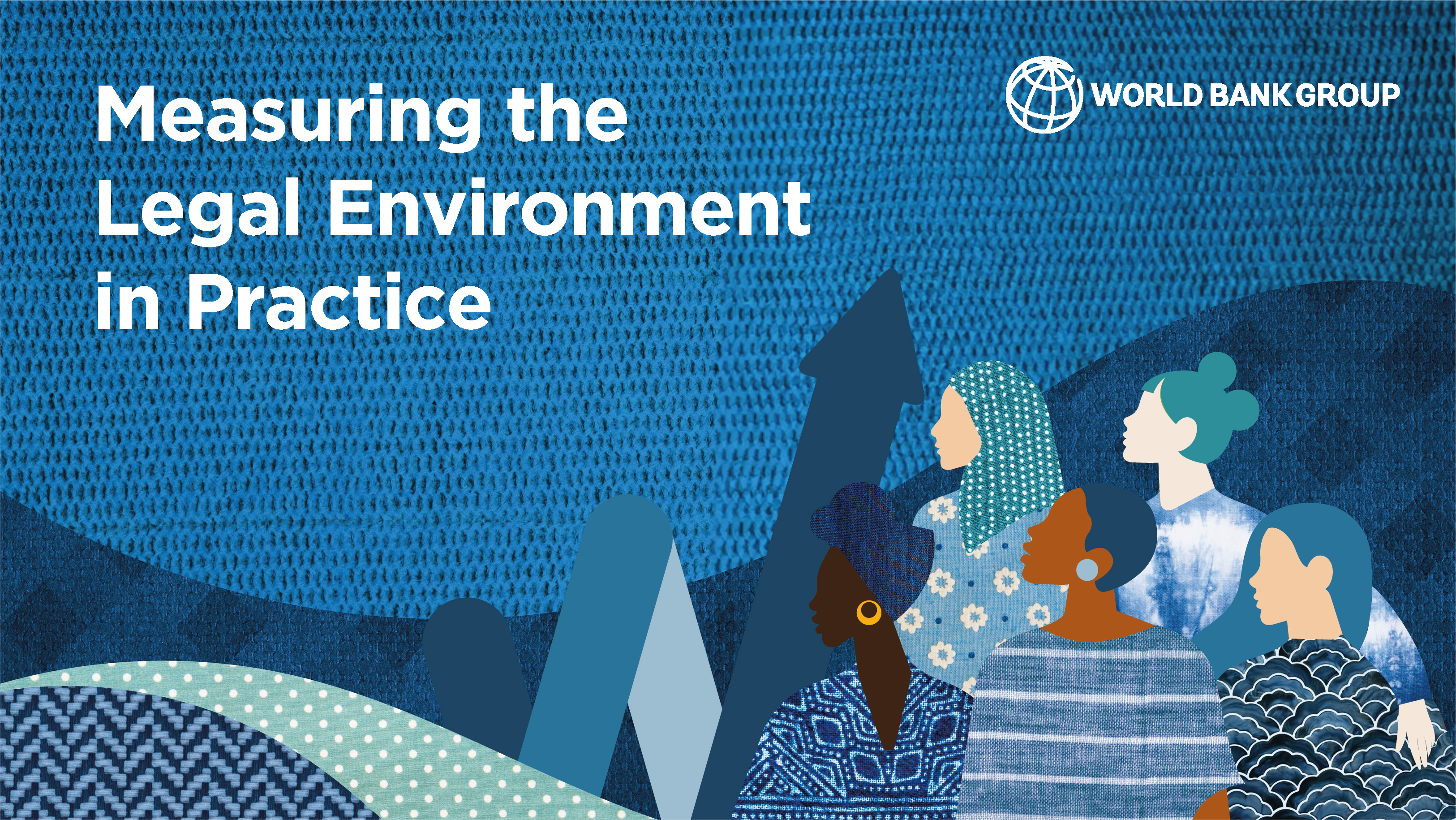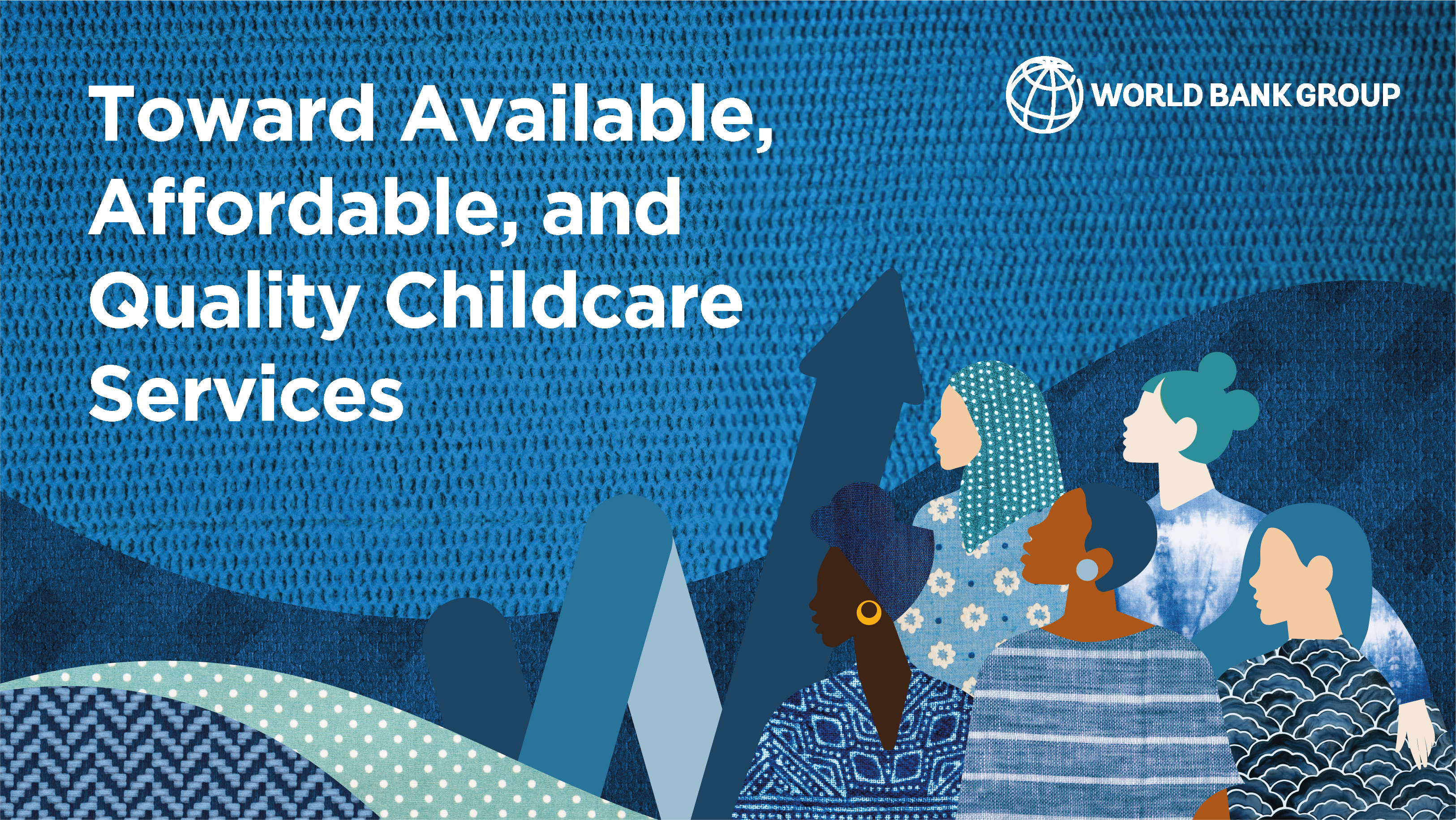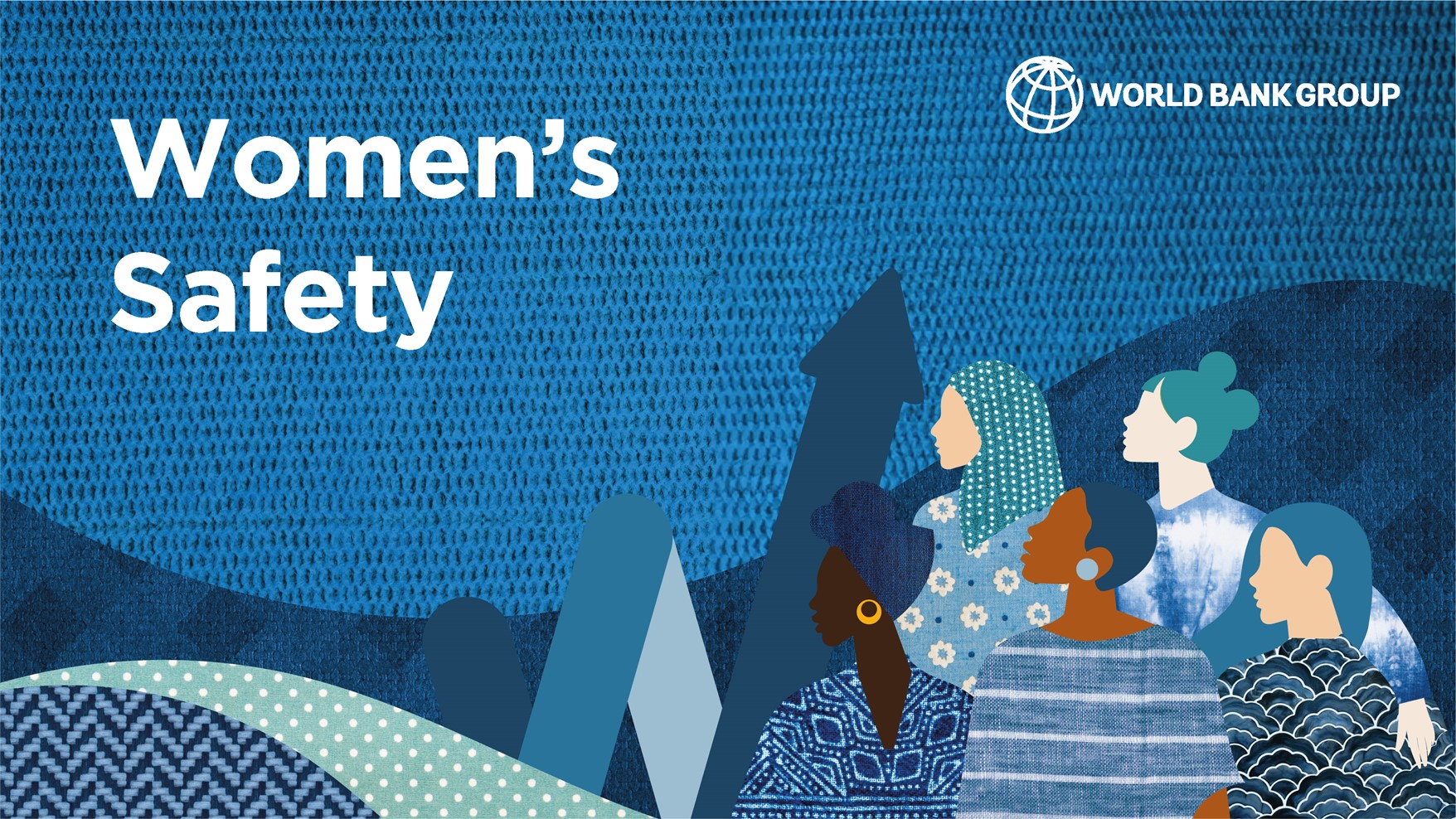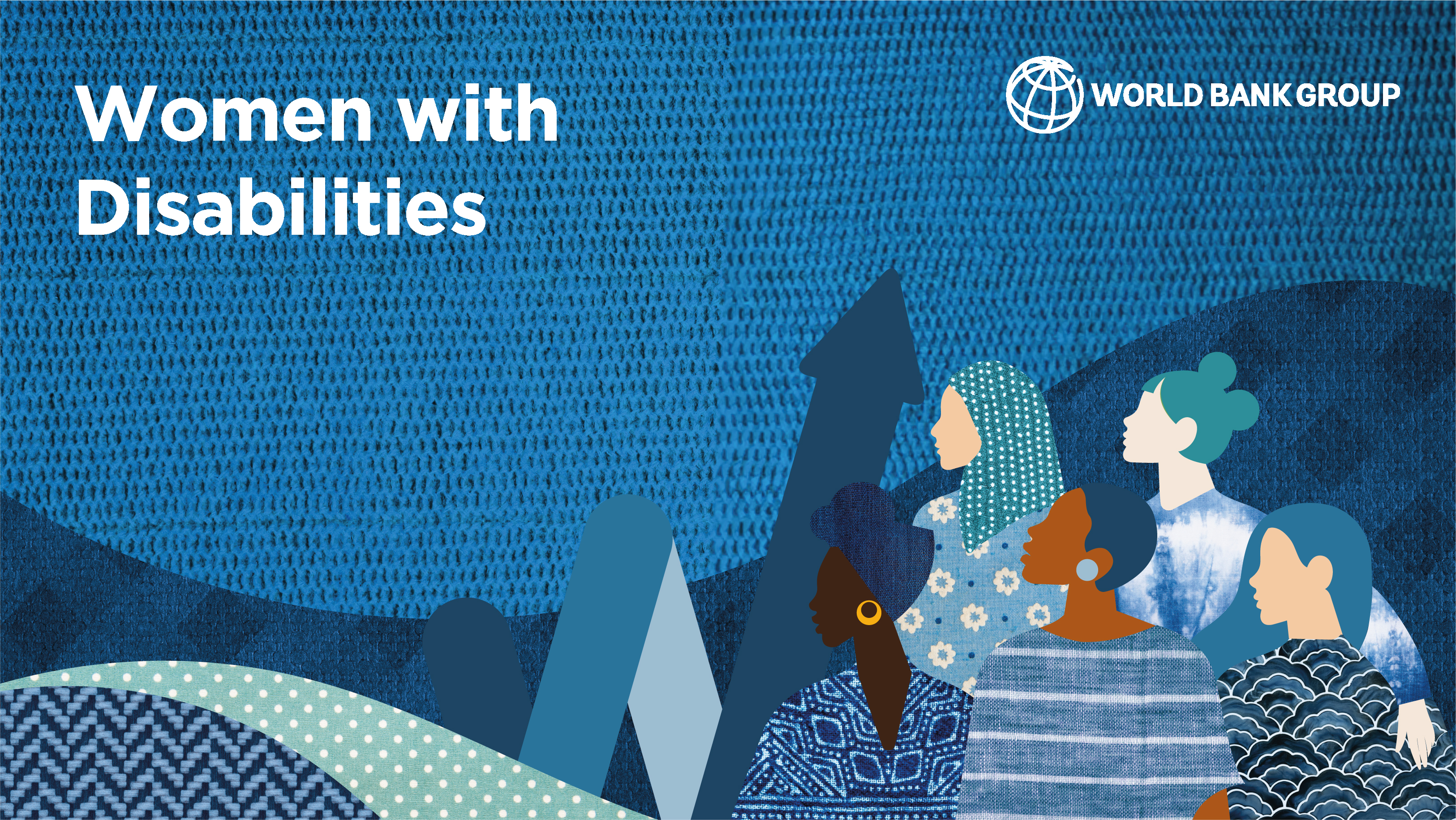The Women, Business and the Law (WBL) team invites collaboration from public and private sector experts on data collection and dissemination to help create jobs for women and boost economic growth globally. The next WBL report is expected to be published in March 2026. If you are a private sector expert interested in contributing, please refer to the expert contributors page for more information. For the first time, governments are invited to nominate focal points to coordinate the completion of questionnaires. If you wish to contribute, please refer to the government engagement page.
For more details on the project milestones, please refer to the milestones page.
Over the past year, the Women, Business and the Law team has focused on enhancing its strategic direction to ensure the quality, scope, and impact of future reports. The team has published three foundational documents:
- Women, Business and the Law Concept Note defines the project objectives and approach to ensure quality, credibility, and relevance of the data and reports
- Women, Business and the Law Methodology Handbook details the measurement methodology, as refined through active consultations with experts and rigorous research
- Women, Business and the Law Manual and Guide outlines the project’s operational procedures, protocols, and safeguards, including modernized IT systems, to ensure the integrity, transparency, and quality of its measurements
